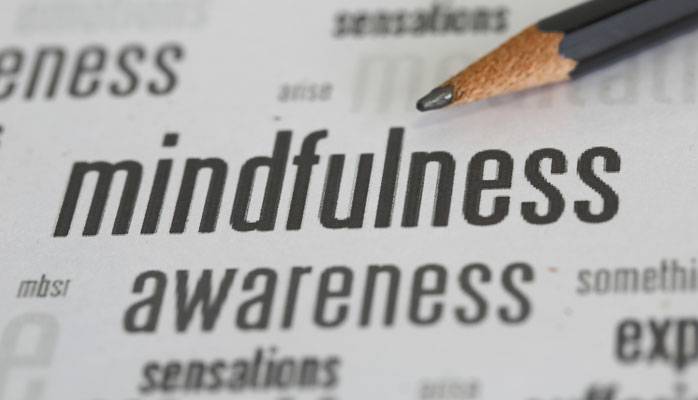Matthew Croxford, Senior Consultant, Human Synergistics
Here at Human Synergistics much of our work centres on helping individuals build greater levels of self-awareness. We consistently find the higher our self-awareness the more likely we are to have a constructive impact on others in our lives.

So where does mindfulness sit in relation to self-awareness?
While self-awareness is about having greater insight into our own thoughts and actions, mindfulness is the ability to observe these thoughts.
The simple yet powerful formula Stimulus + Thinking = Response; drawn from Cognitive Behavioural Therapy, is an important key concept in the work we do. In its appreciation we are liberated from the finite and set ways we may feel bound by. Indeed as Shakespeare's Hamlet declared "for there is nothing either good nor bad but thinking makes it so".
But what if our thoughts were not our friends? What if they were a significant cause of our problems? What if many of our disappointments in life were mostly of our own thinking? Late in his life, the great laureate Mark Twain lamented the "great and many troubles [in his life] most of which never happened."
For most of us every waking minute of our lives is crammed full of thoughts. They come at us from all angles, sometimes with no rhyme or reason, and let's face it, often they are distracting and unhelpful.
Dr Clay Lafferty, the inventor of the HS Circumplex, believed that thoughts were currency. Our days are spent thinking, and he believed that our LSI 1 is a map of where we spend these daily thoughts. Imagine then if we are our thoughts – what would that say about us? If so we would do well to control them or at least try to manage them.
However, mindfulness teaches us that controlling our thoughts or repressing them rarely, if ever, works. Mindfulness separates our mind in two. The thinking mind that thinks and the observing mind that observes.
There is a beautiful analogy used in mindfulness that has been found in writings about human consciousness for thousands of years. The observing mind is the sky; vast, deep, beautiful and infinite. The thinking mind is likened to the weather that rolls through the sky.
The weather of our skies may be cyclical, inclement, unfriendly, occasionally frightening and from time to time deeply destructive. But it is just the weather, though it obscures our sky and may cause great damage on the land below, it will pass, nothing in life endures, it cannot harm the infinite sky.
With practice we can learn to observe our weather and see it for what it is. Rather than trying to control or repress our thoughts we can learn to merely let them pass, thus being liberated to tap into our true and higher being, our constructive selves. This practice of mindfulness can help us to observe, understand and address our defensive thoughts and in turn cultivate greater levels of constructive thinking.